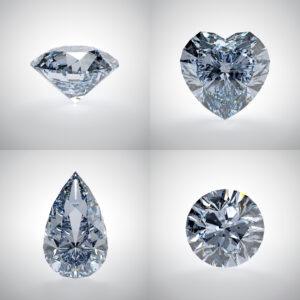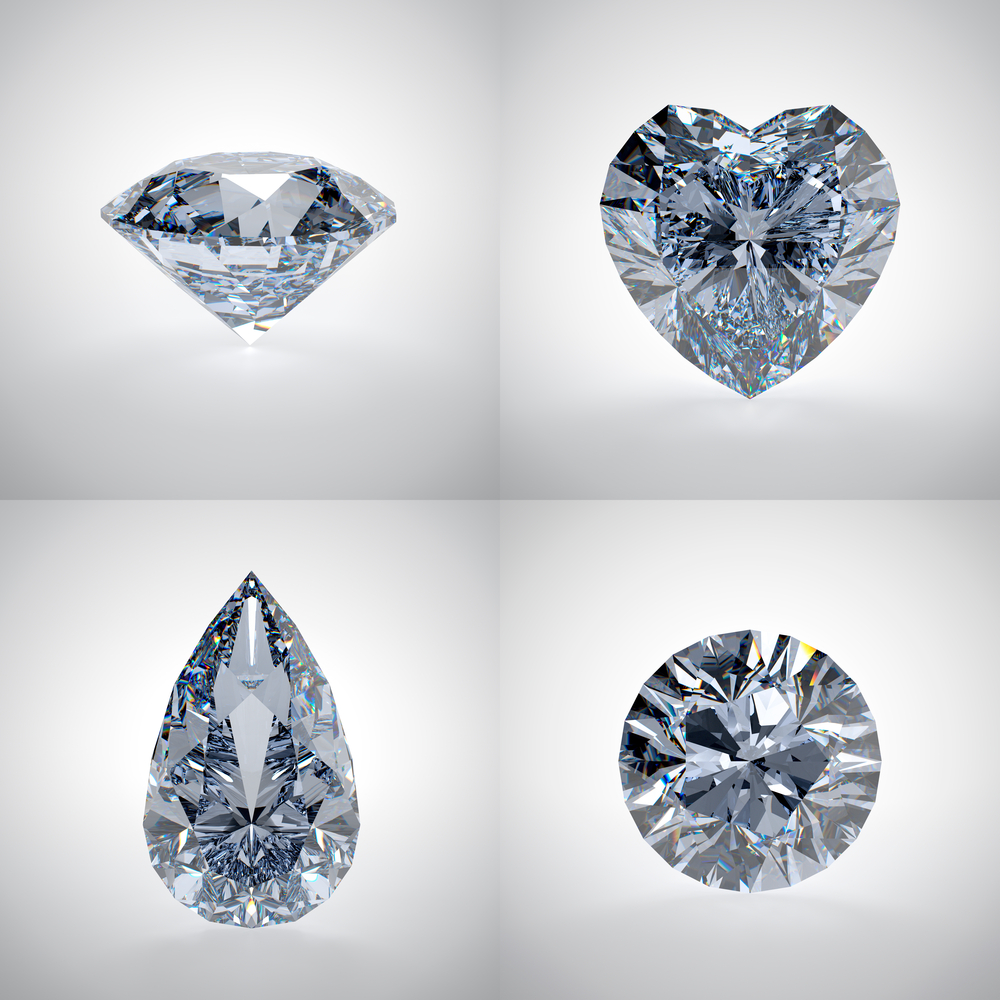
Colorless diamonds are the most commonly found options in engagement rings. However, there is a wide range of colors found in diamonds just like other colored gemstones. The color of diamonds usually results from the presence of slight amounts of various impurities. Different elements can get trapped inside the diamond crystal while it forms under the earth. These additional elements impart different colors like green, blue, red, etc. to diamonds.
The value of colored diamonds can greatly vary. Some colored diamonds are less costly than colorless diamonds, while many others are extremely costly than the latter. For example, yellow and brown diamonds can be cheaper than colorless ones, however, red, blue, and green diamonds are unbelievably costly. While yellow and brown diamonds are more common, red, blue, and green diamonds are extremely rare, which makes them costly.
Today, in addition to natural colored diamonds, you can also get coloredartificial diamonds. These diamonds are more affordable than their natural versions. Hence, if you are looking for affordable colored diamonds, then it is better to go for artificial diamonds.
What Causes Diamond Colors?
The color of diamonds can greatly vary based on the elements present in them. Therefore, we analyze the reasons behind some of the popular diamond colors.
Green Diamonds: Green diamonds are usually formed as a result of atomic radiation. The presence of some other elements like nitrogen, nickel, or hydrogen can also contribute to the formation of green color in diamonds. These diamonds might often have a secondary color like blue, yellow, or grey. Pure green diamonds are very rare and significantly costly.
Red And Pink Diamonds: Red and pink colors in diamonds are caused by structural deformation of the crystal. These diamonds form as a result of a phenomenon called plastic deformation. The extreme pressure that is exerted on the stone during its formation causes it to transmit red light. The higher the pressure, the greater the deformation, and the higher the color intensity. This is the reason why red diamonds are commonly available in smaller carat weights. The pressure that gave them the color also prevented these stones from growing bigger.
Purple And Blue Diamonds: Purple and blue colors develop because of the presence of boron in diamonds.
Yellow, Orange, And Brown Diamonds: Nitrogen is the reason for the formation of these colors in diamonds.
Grey Diamonds: Grey diamonds get their color from hydrogen, or sometimes boron.
The price of colored diamonds can escalate quickly with the intensity of their color. Therefore, these stones might not be affordable for everyone.
